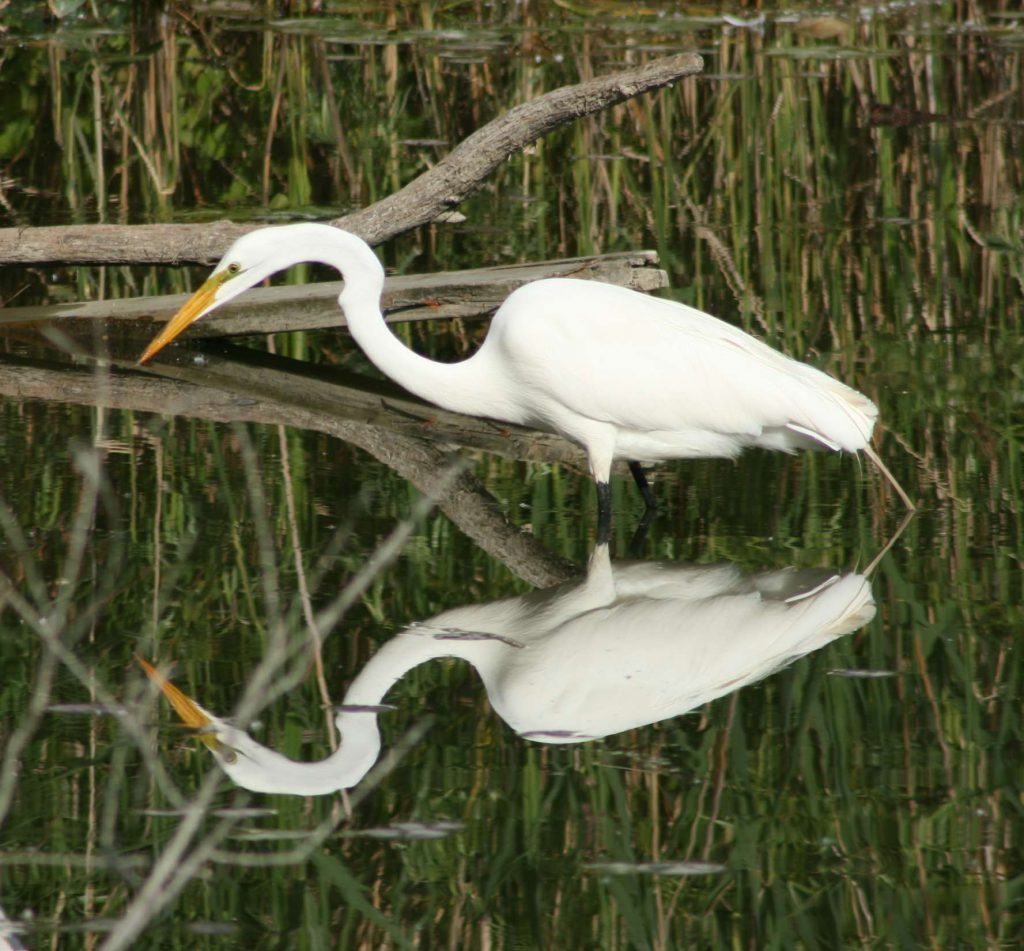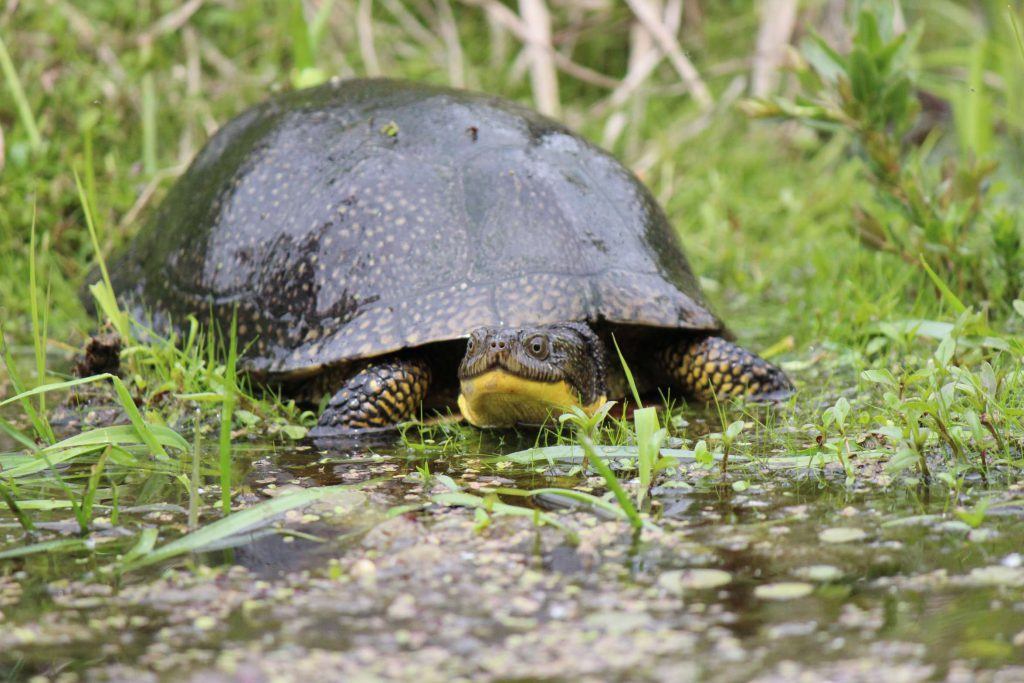Ontario Nature Blog
Receive email alerts about breaking conservation
and environmental news.
© Lora Denis
Southern Ontario wetland © Sean Marshall CC BY NC 2.0
Today is World Wetlands Day – celebrated around the globe each year to raise awareness about the importance of wetlands. It is a perfect day to consider the storm that is brewing over wetlands in Niagara.
Wetlands provide critical habitat for wild plants and animals, including more than 20 percent of Ontario’s species at risk. They play a vital role purifying water, controlling floods, reducing erosion and mitigating climate change. These benefits, provided for free, are valued at over $51 billion per year in southern Ontario alone.
Yet wetlands have long been vilified as useless swamps and sloughs – dark, damp, unproductive places to be drained and paved over without a second thought. Sadly, we have lost over 70 percent of our wetlands in southern Ontario and these losses continue. In some places, like Niagara, the loss exceeds 90 percent.
What little remains of wetlands in the Niagara region, such as the provincially significant Frenchman’s Creek wetland complex near Fort Erie, merit protection. But many local politicians, and even the local Niagara Peninsula Conservation Authority (NPCA), are keen to open up wetlands to development. They speak of ‘balancing’ environment with other interests, such as housing.

By what standards could balance be equated with further encroachment on the less than 10 percent of wetlands that remain in Niagara? For that matter, why is development in the few remaining wetlands being championed by a conservation authority?
Somehow, the NPCA and others are pinning their hopes on the provincial government’s proposed new wetlands strategy, to be released for public review and comment this spring.
The government’s goal, ostensibly, is to strengthen existing policies to halt wetland loss and ensure that wetlands are protected and restored. Part of the plan is to introduce a trade-off mechanism known as “biodiversity offsetting.” Offsets would allow wetlands to be destroyed under certain conditions, but only if they were restored or replaced elsewhere.

Such a mechanism could be appropriate in some situations, but only if the government sets strict, clear rules for offsetting, geared to ensure a net gain for wetlands and biodiversity. If not, offsetting may serve to circumvent policies that currently protect significant wetlands and open them up to further development.
Among other things, the government needs to set limits to offsetting, recognizing that it is inappropriate in some places and under some circumstances. Niagara is one such place – something that should be plainly obvious to local politicians, forward-thinking developers and certainly conservation authorities.

Proposed 413 Route, Old School Road with farm and escarpment view © Noah Cole
I am only 10 years old and me and my mom are going to protest the offsetting of the wetlands in Niagara falls. I also think that the Niagara Peninsula Conservation Authority should be doing their job, protecting the wetlands not letting developers make houses on them.
thanks for mentioning the Frenchman’s Creek wetland complex. Political pressures for development here are one of the reasons that lobbying for this wretched bio-diversity offsetting has erupted.
Here’s a situation made for for an exchange of wetlands. Niagara on the Lake is building a new wastewater treatment plant (WWTP) on what was a seasonal wetland but is now a huge pile of earth and several unfinished structures. The new site occupies 10 acres. A kilometre down the road is the soon to be decommissioned WWTP complete with two large settling ponds and a creek along the east boundary. It occupies 60 acres. The Niagara Region has been asked by Harmony Residents Group to convert this 60 acres into a natural wetland. The Niagara Conservation Authority supports this proposal as does the town of Niagara on the Lake. 60 acres of natural wetland in exchange for 10 acres of seasonal wetland seems to me a fair exchange, especially since the old WWTP has an established wetland habitat complete with wetland fauna and flora. What do your readers think? For more information please contact HARMONYRESIDENTS.ORG
During the four years since my wife and I moved from Toronto to Niagara-on-the-Lake we have sadly witnessed a dramatic decline in the regions natural habitat including the destruction of important wetlands due mainly to development. Once it’s gone you cannot bring it back and biodiversity offsetting is not a solution. Protect our wetlands now. Please!
Great blog, Anne. I totally agree with your views on the issue. I look forward to participating in the discussion about this topic at the Nature Network’s Carolinian West Regional meeting in April. Southern Ontario has lost such a high percentage of its wetlands that one wonders how the Niagara Peninsula Conservation Authority can even consider allowing development in a wetland. It makes a mockery of the word “Conservation” in its title as a Conservation Authority!
Thank you for clearly stating what many of us know to be true. Hopefully those who wish to attract foreign investors, developers, the conservation authority and the government will stop efforts to destroy wetlands and invest heavily in policies and actions, including appropriate funding, science and oversight, to preserve, restore and enhance them. The creation of more wetlands will benefit all.
Thank you, agree 100%